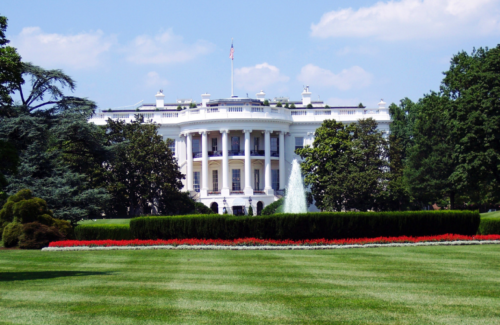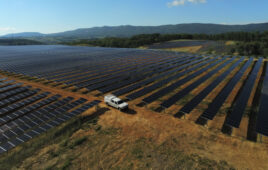 State and city governments have been working the past three years to build solar markets despite lack of federal support, but a number of reports have made it clear that Washington, D.C.’s assistance is necessary for solar power to meet its full potential in combating climate change.
State and city governments have been working the past three years to build solar markets despite lack of federal support, but a number of reports have made it clear that Washington, D.C.’s assistance is necessary for solar power to meet its full potential in combating climate change.
The International Energy Agency’s (IEA) “World Energy Outlook 2019” found the momentum behind clean energy is insufficient to offset the effects of an expanding global economy and growing population. IEA writes that decisions by governments are critical for the future of the world’s energy system.
The Natural Resources Defense Council (NRDC) also pointed to the federal government to take the next step in renewables. It made the case that Congress should update its nearly 15-year-old directives to the Department of Energy (DOE) to ensure the United States responds to the urgency of climate change and receives the economic benefits of the clean energy economy.
NRDC’s guide for revising the DOE’s mandate includes at least doubling the current level of funding for federal clean energy R&D programs; expanding the DOE’s mission to specifically include mitigating climate change and building climate resilience; and increasing efforts to decarbonize the industrial, buildings and transportation sectors.
In addition, the American Council on Renewable Energy (ACORE) released a white paper calling for establishing a federal renewable energy standard.
“The renewable sector is booming already, but if we’re going to mitigate the harmful impacts of climate change, America needs to dramatically increase the pace of renewable energy deployment, and federal leadership will be key,” said ACORE president and CEO Gregory Wetstone in a press release.
The Trump administration likely will not be swayed by these reports, focusing instead on propping up coal and other fossil fuels. But the bipartisan Climate Solutions Caucus has been relaunched in the House, showing at least some movement toward climate progress.
“There’s been a distinct shift in the conversation surrounding climate change in this Congress,” said Danny Richter, Citizens’ Climate Lobby’s VP for government affairs, in a press release. “More and more Republicans are acknowledging the need to address climate change.”
Still, there’s not likely to be meaningful movement on climate and solar policy in this current White House, regardless of any consensus in the legislature. For progress at this level, the industry must look to 2020 candidates’ platforms.
Here’s where the top three Democratic candidates stand on solar and clean energy:
Joe Biden
- Reach 100% clean energy and net-zero emissions by 2050 through “Clean Energy Revolution” plan
- Preserve and implement the Clean Air Act to reduce transportation emissions
- Establish targets for developing renewables on federal lands
Bernie Sanders
- Launch the Green New Deal to reach 100% clean energy within 10 years
- Expand Power Marketing Administrations (PMAs [government-run utilities]) and task existing PMAs with building more solar
- Establish nationwide recycling program for renewable products
Elizabeth Warren
- Adopt Jay Inslee’s 10-year action plan to reach 100% clean energy
- Commit $1.5 trillion to subsidize consumer transition to renewable electricity
- Extend existing tax credits for solar
As climate crisis alarm bells get louder, more organizations are calling on the federal government to take action on decarbonization, including scaling up solar deployment. The solar industry’s best chance of this movement will be at the ballot box in 2020.





Tell Us What You Think!